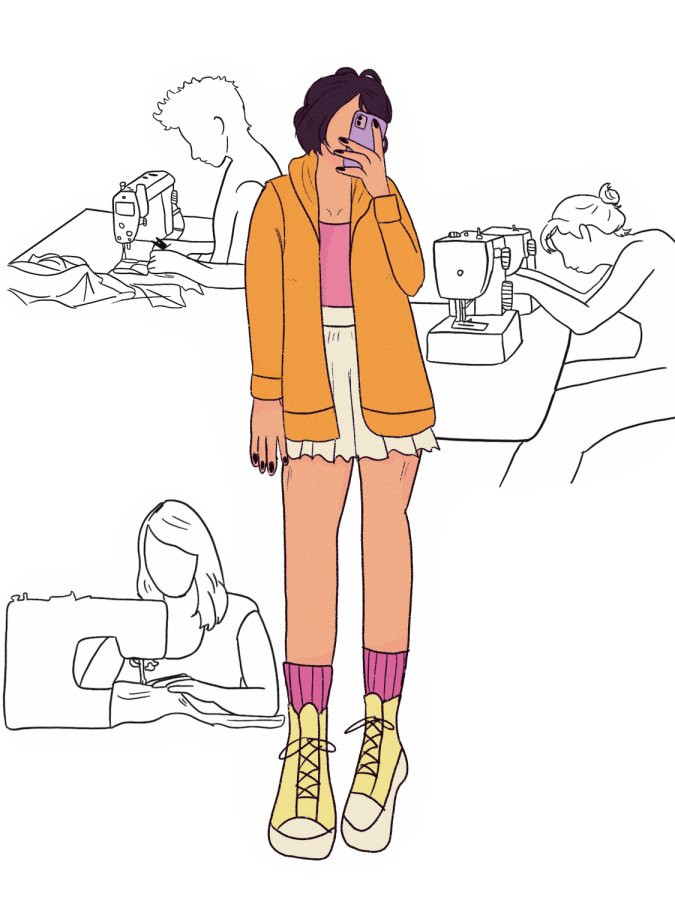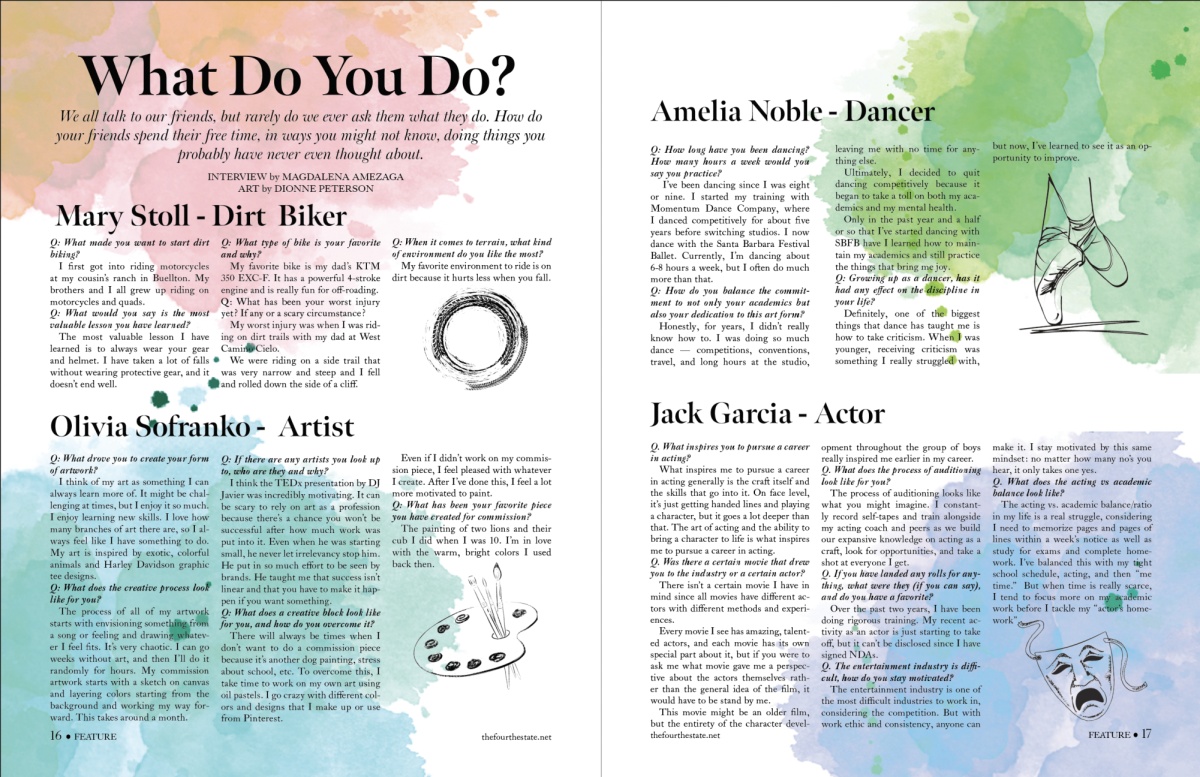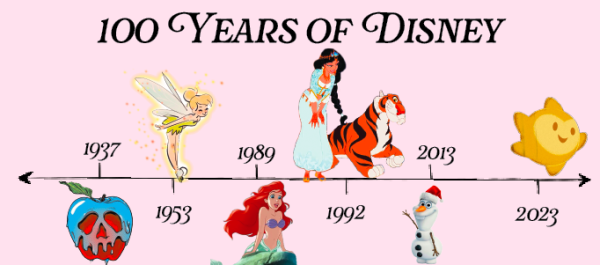The Ethics Behind Popular Fast Fashion Outlets
Fast fashion has grown significantly due to the growth of online shopping, but most don’t know the damages this industry is causing to the environment.
January 26, 2021
As a society, we have evolved into an exceedingly materialistic culture, especially when it comes to fashion.
Clothing is a way for people, notably the younger generation, to express themselves and their passions. Today, apparel is an element of our generation’s identity.
How one presents oneself, and the clothing one chooses is a means to reflect one’s taste.
This concept of using clothing as a form of expression is called “the social skin.”
The use of clothing to express oneself may be a part of our generation’s creativity, but there are downsides.
Social media has an immense influence on the younger generation.
The development of apps like Instagram and Facebook can lead to unhealthy habits, including society’s problematic obsession with appearance.
Many of the most popular clothing brands experienced scandals. The prominent brands Zara and H&M— which share a parent company—are two examples.
Social media influencers are paid to wear the latest styles, leading to new fashion trends that businesses happily exploit.
The issue is people want to imitate the trends and buy lots of clothes at the lowest price.
Many people following the booming trends simply succumb to the allure of these low prices, but they don’t know the facts behind the industry.
Both companies’ policies disregard environmental damage and employee satisfaction.
According to an article by Clean Clothes Campaign (a union dedicated to reducing harsh labor conditions), the company that sold Zara a large portion of their products enforced “slave-like” conditions on their employees. The scandal surfaced in 2011, yet Zara has not addressed it.
H&M, a famous Swedish fast-fashion business, is known to use factories that do not pay their employees a living wage, according to a study by Global Labor Justice (GLJ). After investigating H&M’s factory supplies, GLJ reportedly witnessed the mistreatment of female employees.
H&M promised to change their production techniques and environmental activities but has not yet complied.
Another renowned brand with an infamous link to unethical practices is Nike, which was accused of using sweatshops throughout the 1970s in an article by Jeff Ballinger, who discovered Nike’s factories’ poor working conditions in Indonesia.
An uprising of unions and media networks aggressively attacked Nike’s image, forcing the business to change. Since then, Nike abolished its ties to sweatshops.
Shein, a rapidly-growing online fast-fashion retailer, has had its fair share of wrongdoings.
This company is rumored to be involved with unethical means of clothing production such as the use of sweatshops and child labor, though these claims are as yet unproven.
Another Shein scandal that took place seven months ago involved displaying a necklace with a detailed image of a Swastika on its website.
The company apologized for this incident but did not indicate why they released the product in the first place.
The company also produced a decorative rug that displayed a sacred Islamic symbol, which is offensive to the Islamic culture. Shein responded with a half-hearted public apology on this item as well.
Urban Outfitters, a brand with locations worldwide, including Santa Barbara, is less problematic regarding environmental impacts and working conditions. It provides its workers with a living wage and put in place a Community Cares initiative, which ensures that the brand uses Eco-friendly materials and gives back to the communities


















